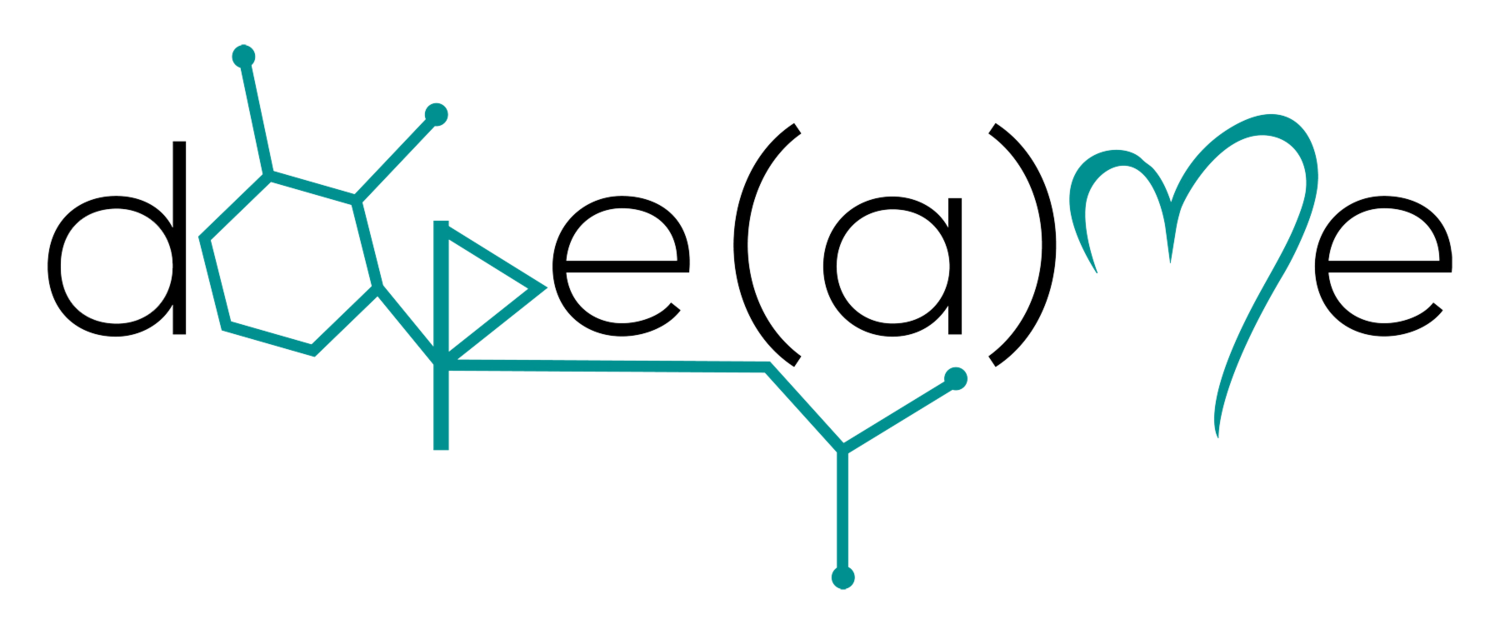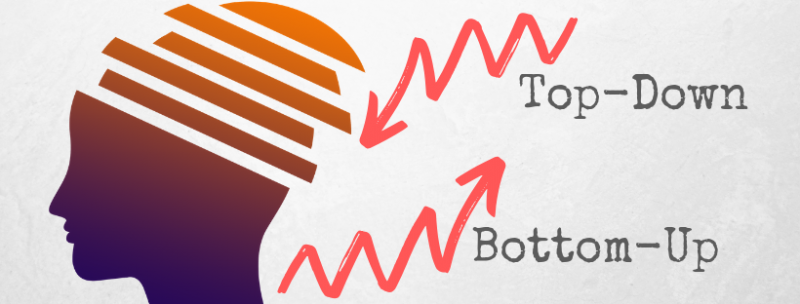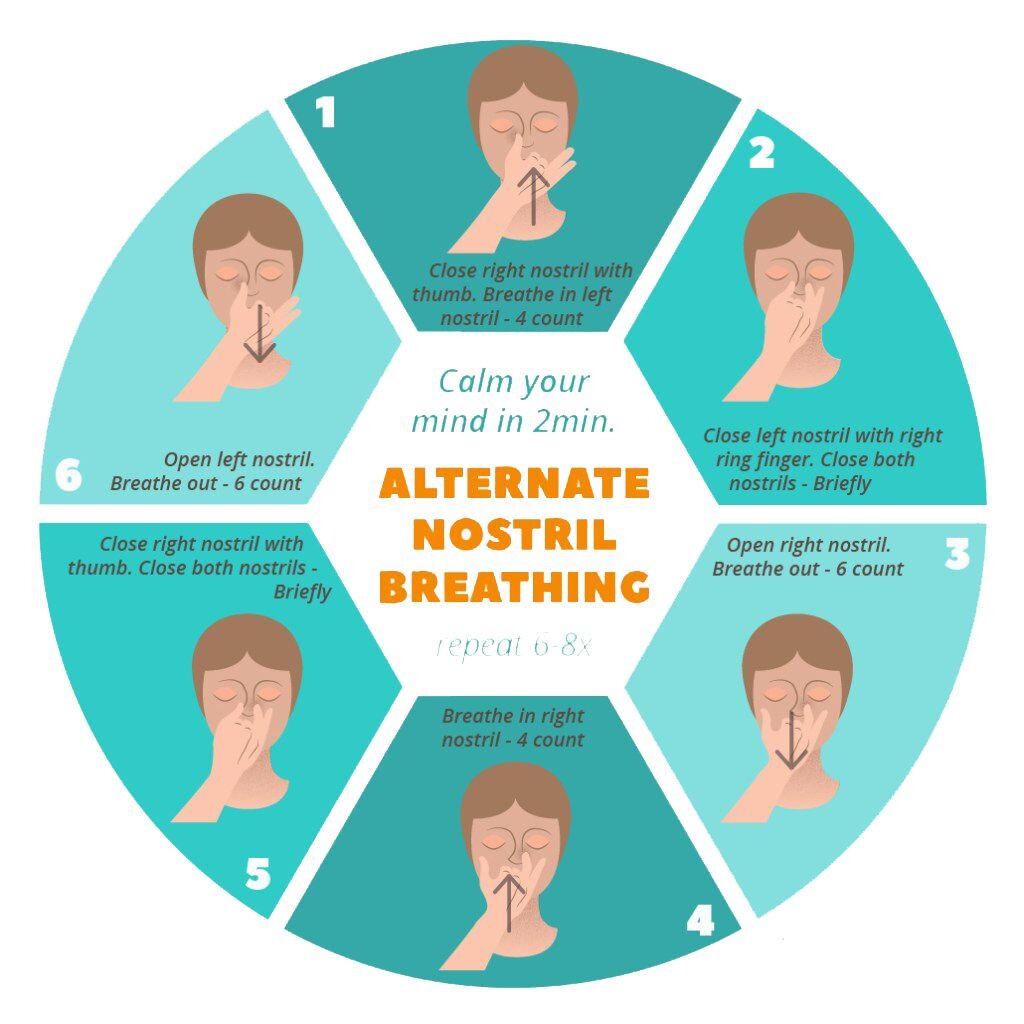"Healing is about taking the time to notice what gets in the way of feeling connected to your life, your community, and your sense of possibility. Healing, at its core, is about slowing down so that we can better listen to ourselves and each other." - Susan Raffo
How to become a relationship-shapeshifter
In a day and age when we are more connected than ever, why is it that the same tools that are in service of connection tend to also be the culprits in our sense of aloneness, delusion and separation? Are the tools to blame? Are we victims of the programming of the matrix? What choices do we have other than engage and follow the rules or completely disengage?
I have been grappling with my relationship with social media for many years. At the beginning of the summer, the noise was too loud, I was overstimulated and in a state of self-blame. I needed to step away to gain clarity in what I truly needed and wanted. I have come to call this phase of my learning as the “trial separation.”
Step #1: Trial Separation
I needed space to see and feel what it was like without the constant stimuli of social media. What did I miss about it? What was I happy to be without? When and how did it pop into my mind even though I wasn’t engaging with it? What did I feel and believe about it as time passed?
After several months, I started to realize that running away, blaming, vilifying, or avoiding are not the routes I want to consciously choose. As I sat with this possibility, I heard the words arise: “It’s not you, it’s not me, it’s both, and the space between.” I began to think about my relationship with social media as needing a conscious uncoupling. This concept was first depicted from the book by Katherine Woodward Thomas titled, Conscious Uncoupling: The 5 Steps to Living Happily Even After. True to its name, this form of uncoupling is one that slows the process down to dive deep into the triggers, limited beliefs, and subsequent habits of protection that get in the way of a healthy relationship. This imbues the experience of separation with growth and wisdom, each person walking away with the skills and deeper knowing that sets them up to ensure they don’t continue these same patterns in any other or new relationship.
As I contemplated what this could mean for me and social media, I became excited by the possibility of what I could learn and how that would lead to more awareness and self-understanding. Potentially, I could re-engage in a new way that abides by my boundaries and rules rather than that of the brilliant programming that curates these platforms as tools of addiction, comparison and competition, and a see-saw of hyperarousal and hypoarousal.
I sat down with a friend who had expressed similar struggles in this realm, and we walked through these steps together. She is currently working on a blog post to explore her leanings and inspiration from this project and I will link it here as soon as it is live. I have included a few examples (from a long list we wrote down on a large post-it note) of what we uncovered, reclaimed and created, which you will find at the end of each step. I would be happy to share if you are interested.
Step #2: Name it to Tame It
Just like a romantic couple taking a break from their relationship, sometimes a bit of space away is what is needed to quiet the noise and learn what impact the relationship is truly having. In order to create change and transformation, there must be the willingness to sift through and feel the emotions and stories that arise and are wrapped up or blended in the relationship. This is both the pleasurable and the painful to allow everything to flow through you: the beautiful and the stuff that might be hard to admit, hard to look at, and hard to sit with. Invite and include it all to come to the surface.
Examples:
“It’s noisy”
“It’s an energy black hole that requires way more effort than what it returns”
“It’s art”
“It’s a hurtful place, a place where I blend in”
“I feel foolish for participating”
“I feel overwhelmed and emotionally numb”
Step #3: Why it’s not working
Time to get real. Reflect and write down the toxic patterns that are alive and well in this relationship – that perpetuate the cycle you want to release. No need to blame or express shame. It is so human to develop coping strategies to avoid discomfort, or habits of thought and action that may soothe you momentarily yet create pain and struggle long-term. We are on the path to freedom here, so be honest and let yourself see and write down what is not working.
Examples:
“It leads me to feel, or I reach for it when I already feel emotionally numb.”
“There is a false hope I fall into that has me put less effort into other ways to connect…’If you post it they will come’”
“I consistently get pulled out of presence to think about what to post”
“Apathy towards my own contribution”
Step #4: See the Bigger Picture
We all have reasons for our unconscious patterns and behaviors. At this point, it is time to soften, get curious, and express understanding and compassion towards yourself. Even though your actions may be producing an effect you do not desire, I guarantee that your intention comes from a pure and subconscious place of protection, belonging, care, fear, wanting others to feel good, wanting to feel good, seen, heard or loved yourself. Take your time to validate your efforts as they come from a very normal and relatable desire. This is a great time to also write out a few sentences declaring and affirming what it is you truly desire. When you know what it is that you truly want and need, your efforts can more easily align and your results will get closer and closer to what will nourish and satiate you.
Examples:
“I care so much about my business”
“I believe that what I have to share it of value”
“I want high quality, sustainable, healthy relationships”
“We are bombarded with messages to simplify, automate, follow a template for ‘success’, and attract more, and what I really want is depth, to lead by example in the art of slowing down and revering quality over quantity, to operate with inclusion, and have energy and space to connect.”
Step #5: Relation-shapeshift
This relationship is ready to be reformed, reimagined, and re-engaged with. Set your new healthy boundaries to support the upkeep of new habits. You are not the victim, you are the magician that gets to co-create from a conscious, authentic, and heart-led state. Guided by what you desire, set the parameters, the container, the check-ins or accountability needed, and watch as you re-create your reality. The matrix has little power over people who no longer victimize nor vilify, instead, take responsibility, learn and grow through the initiation of meeting the program and what it triggers in you, and then step back in as the shapeshifter.
Examples:
“I will unfollow accounts that I have little to no engagement with, and curate what I see to be actually what gives me joy and keeps me connected to the people and communities that I have the space, energy and capacity to connect with”
“My passion, joy, and love for what I post outweighs all other metrics and measurements”
“I will prioritize my in person relationships and present moment experience”
“I will only post snippets of something that has much more depth, in a lived experience with others, in a blog, article, or resource of some kind”
“Before I open the app, I will pause, be still or move as I breathe and feel what is alive in me for at least 30 seconds. And I will log out of the app every time I close it”
I would love to hear your thoughts on this blog. Perhaps you want to join me in the relation-shapeshift with social media, or something else entirely. This is a conversation I would be happy to engage in on my social media, email, or maybe on the street when we see each other. I look forward to connecting with you.











